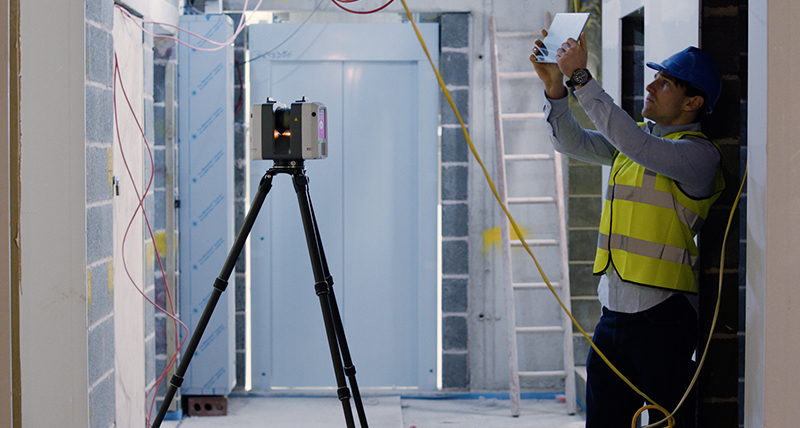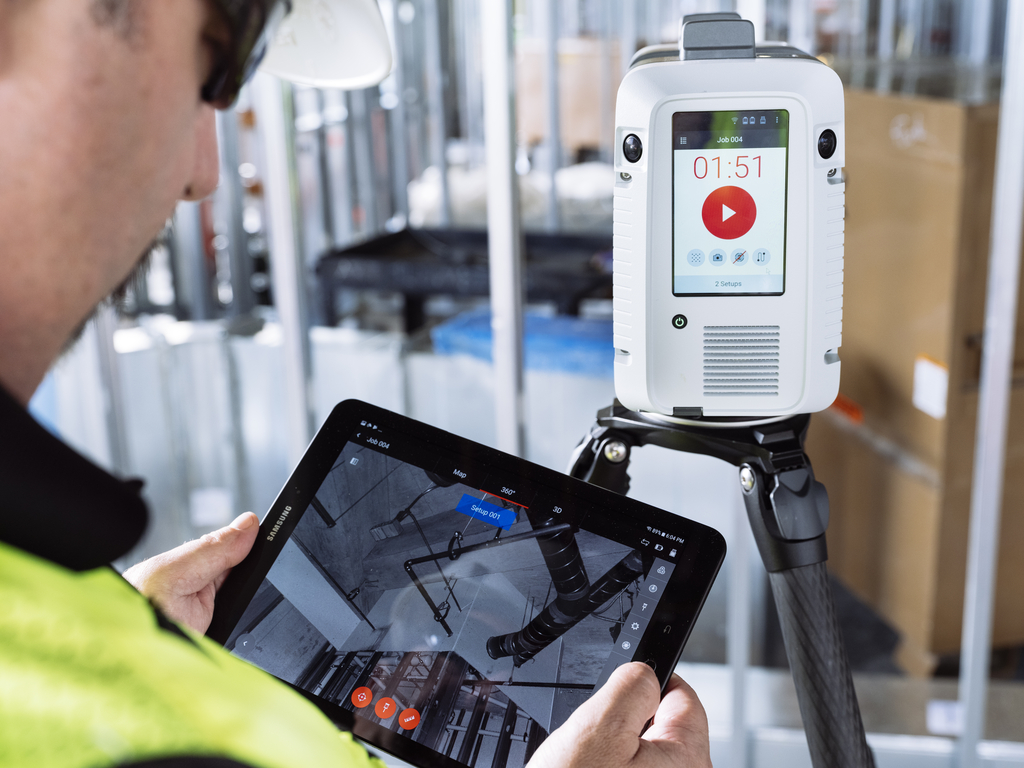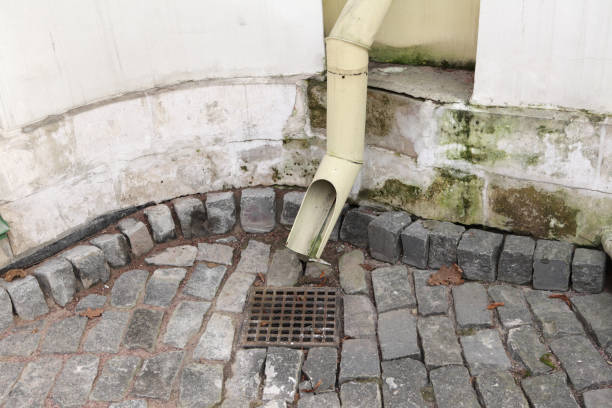
Exploring Precision: The Role of 3D Laser Scanning in Heavy Construction
When it comes to heavy construction, accuracy is not just a desirable quality but also a basic requirement. Ensuring the success, safety, and durability of a project depends critically on the attention to every inch, angle, and detail. Reaching accuracy in measurements, data gathering, and project planning is not only beneficial but necessary as well.
Construction has historically depended on hand measurements, drawings, and surveys. This method is prone to human error and has limits when it comes to accurately documenting the minute details of elaborate buildings. But the development of cutting-edge technology has completely changed how building is done. Among these ground-breaking developments, 3D laser scanning has become a potent instrument that is radically changing the way the industry views efficiency and precision.
Understanding 3D Laser Scanning
3D laser scanner construction’s primary advantage is its speed and accuracy in capturing millions of data points. With this technique, even the smallest data about a building site, such as measurements, uneven surfaces, and intricate structures, are painstakingly recorded. Making well-informed decisions is based on this extensive data.
You can see the building site in previously unheard-of clarity thanks to laser scanning, which creates very realistic 3D models. These models offer a thorough and accurate depiction of the current situation, promoting improved comprehension and decision-making throughout the course of the project.

Role of 3D Laser Scanning
Here is a list of some of the crucial roles that 3D Laser Scanning plays:
1. Improving Designs
Project planning and design are based on the detailed 3D models produced by laser scanning. These models facilitate stakeholder cooperation and greatly reduce mistakes and misinterpretations by providing a thorough visual depiction of the current site circumstances.
2. Ensuring Quality
By comparing scans over time, laser scanning makes real-time progress tracking easier. This feature enables project managers to spot plan deviations early on and make sure construction adheres to standards. Furthermore, it makes it possible to do thorough quality tests that ensure the integrity of built pieces.
3. Data Gathering
The capacity of 3D laser scanner construction to record millions of accurate data points per second is its fundamental feature. As a result, building sites, buildings, and landscapes are depicted in great detail. The technology’s unmatched precision offers thorough and trustworthy data that is essential for making well-informed decisions.
4. Cost, Time, and Safety Improvements
3D scanning solutions reduce mistakes through accurate data gathering and analysis, which in turn eliminates rework and maximizes resource use. Additionally, by reducing the need for humans to access dangerous places for measurements, its remote data-gathering capabilities considerably improve safety.
5. Flexible Project Administration
Regular scans at various project phases are made possible by the technology, which promotes dynamic project management. These compared scans make it easier to monitor development, identify deviations early, and modify plans as necessary. The adaptable strategy enhances the project’s flexibility and ability to react to modifications.
6. Simplified Implementation
Construction procedures are optimized by 3D scanning solutions, which offers precise and comprehensive information. Together, project managers and contractors can optimize workflows, make better use of available resources, and guarantee that construction proceeds exactly as intended. Rework is decreased as a result of this simplification, saving time and money.
7. Careful Planning
Thorough planning and design are made possible by the precise information that 3D laser scanning provides. With these accurate models, teams working on building projects, engineers, and architects may interact more successfully. Better spatial analysis is made possible, preventing mistakes during construction by foreseeing possible conflicts or inconsistencies in the design.
8. Environmental Observation
Beyond the field of building, environmental monitoring benefits from laser scanning. It aids in the analysis of ecological changes over time, such as plant growth and land degradation. This information helps sustainable construction methods and facilitates environmental impact evaluations.
Conclusion
Essentially, 3D laser scanning represents a fundamental paradigm shift in heavy construction, not merely a technical breakthrough. Its capacity to offer unmatched accuracy, all-inclusive data gathering, and increased productivity surpasses conventional approaches. It is clear when we at Laser Scanning examine its many uses and benefits that 3D scanning solutions are more than simply a tool; rather, they provide the foundation for precise building in the future.




